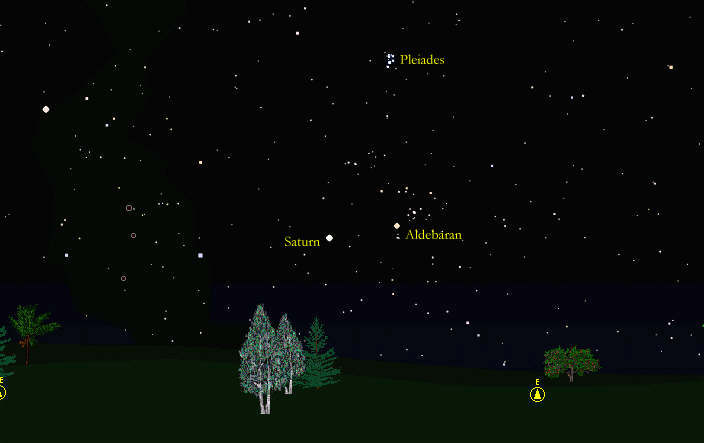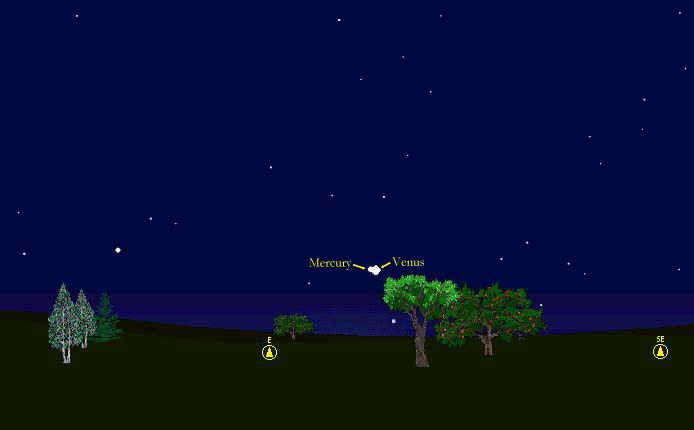Back to Nature Notes
Echoes of Spring We have observed on a number of occasions Southern Leopard Frogs in fall breeding choruses. Apparently the falling temperatures mirror the conditions of their peak breeding period in early spring. We hear them sporadically at other times, but during the fall they seem to call more. On the evening of October 14th, as we were heading to our barn to attend to our animals, we heard a strong chorus coming from our own pond. We had received quite a bit of rain for the previous two days and our pond, which had been dry, filled to a depth of about six inches. We didn't get back down to the pond for several days, but when we did we found twelve Southern Leopard Frog egg masses. How the eggs will fare we do not know but we plan on watching their progress.
What Flying Squirrels and Railroad Tracks Have in Common This time of year is a great time to listen for Southern Flying Squirrels. It sounds like party-time in our Shagbark Hickories some evenings lately. The call is very high-pitched, thin and metallic. We'll try to record them sometime soon and put them on this site. In the meantime, if you have a railroad track near your house, wait for a train to come by (you're with us on this, aren't you?) and listen for the sound that the steel rails make (the singing) as the train approaches. You can hear the sound from 30 feet away, so there's no need to get close to the tracks! This metallic sound is similar to a the call of a flying squirrel, at least to my ears. Once you hear them calling it's nice to imagine them gliding about you in the dark.
Scintillation Scintillation is the scientific term for the "twinkling" that we see when we look at stars, especially when they're rising or setting. The word comes from the Latin word for sparks. Stars twinkle because their light passes through regions of unequal density in the earth's atmosphere. When a star is rising or setting, it has to pass through more of the atmosphere to get to our eyes and so twinkles more at that time. You may have heard that stars twinkle, but planets do not twinkle, or twinkle very little. This is true for the following reason. Stars are so far away that they are truly "point" sources. Planets, however, are much closer to us, and the larger cone of light from them is less effected by it's passage through the atmosphere. Now is a great time to see the difference in appearance between a rising star and a rising planet. Look directly eastward about 8:00pm local time. Just above the eastern horizon you should be able to see two bright star-like objects. See the image below. The bright object on the left is the planet Saturn. To it's right and slightly above it is the bright star Aldebaran, the brightest star in the constellation Taurus. You've got the right two objects if you hold your hand at arm's length and can put about three fingers between the two. Notice how much more Aldebaran twinkles than Saturn, even though Saturn is lower. About 20 degrees above the two objects (about the span at arm's length between the tip of your thumb and the tip of your little finger with your fingers spread) is the small cluster of stars that mark the Pleiades.
Image created with Starry Night Pro software Mercury & Venus The great astronomer Nicholas Copernicus once said that, to his intense regret, he had never succeeded in seeing the planet Mercury. He may have been a victim of a difficult climate and poor viewing conditions. With a good eastern or western horizon, Mercury is not difficult to see when it is near its maximum elongation from the sun. That is the case this week, and to make things even easier, it is very close to the bright planet Venus. The two planets are just over a half a degree apart (less than 1 finger's width at arm's length) and they rise side by side in the morning twilight. They're a pretty site to the naked eye or in binoculars. Though the images are small and much disturbed by the atmosphere, in a small telescope you can see both planets in the same field of view, Mercury looking like a first quarter moon and Venus gibbous. Look for them due east between 5:00am and 5:30am local time. The view below shows how they look from our farm in Franklin at 5:15am.
Image created with Starry Night Pro software
|

